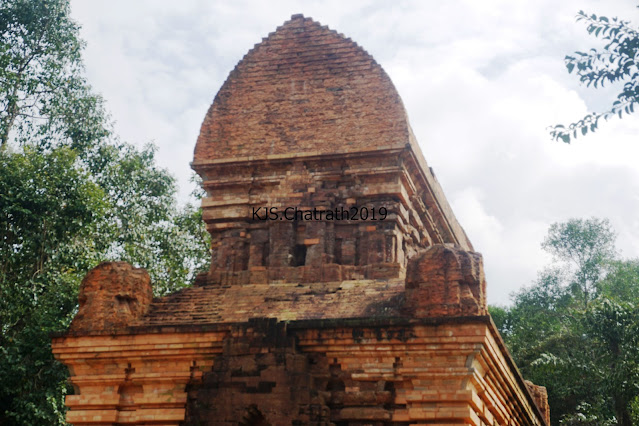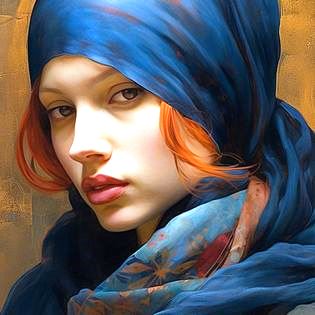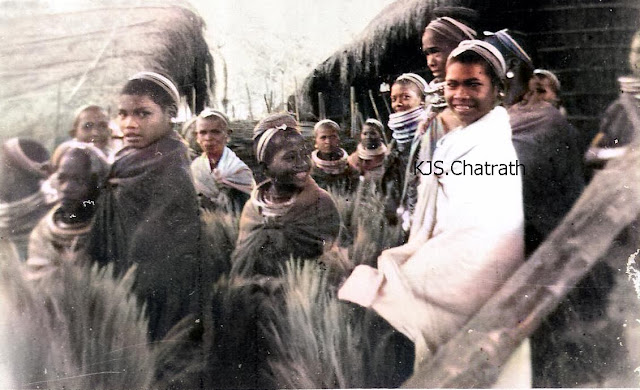'The Creator, the Destroyer and the Preserver of ancient Hindu Temples (4th-14th AD) in MySon Vietnam' - by K J S Chatrath
Vietnam is a fascinating country- a country which comprehensively defeated the mighty USA, China, and France - the countries who had dared to invade it. I had a great desire to visit this brave little country and finally made it in 2019.
Besides Hanoi, Ho Chi Minh City, Danang and some other cities, I made a memorable trip to My Son which is a UNESCO Heritage site.
And this brings me to the title of this write-up.
Myson is an area where the Hindu Kingdom of Champa prospered from 4th to 14th century AD.
One of the bomb craters left unfilled for the Americans to see and repent.
Centuries later, in 1969, USA bombarded this area suspecting Vietcong to be holding on there. One may not ask what business USA had to bombard a small country thousands of miles away. But one would surely be entitled to ask why did USA destroy Hindu places of worship in the bargain? Remember how recently the entire world came down heavily, and so very rightly, on Taliban in Afghanistan for destroying the Bamiyan Budha statues? Sadly in 1969 and even there after, no one criticized this American atrocity of bombarding Hindu temples in MySon. The Americans would, one would presume dismiss it as 'collateral damage'.
Thus Champa Hindu Kingdom was the creater of these 70 plus temples in Myson and USA the destoyer of most of these.
And now one comes to the preserver or the restorer. One was happy to see a board during one's visit to this spot proclaiming how India's Archeological Survey of India is restoring/rebuilding these old temples.
And now a litle backgrounder. My Son is the royal holy city of Champa Kingdom including the sacred My Son mountain called Mahaparvat . Mahaparvata in Sanskrit language means huge mountain and signifies Kailasa Parvat, the abode of God Shiva located in the southern part of the city. A spring starts from the sacred mountain from the north and integerates into the sacred Nahanadi. Mahanadi in Sanskrit, meaning the great river of Goddess Ganga, the wife of Lord Shiva.The temple towers were densely built at the centre of a narrow valley within
a 2km compound, which creates an extremely solemn …..worship atmosphere
separated from the outside world.
King Bhadravarman or Pham Ho Dat constructed the first temple-tower complex towards the end of 4th century. The main sanctuaryhad Lord Bhadresvara (Shiva) in the form of a Linga. The beliefs of God Shiva-the Creater aned Destroyer in Hinduism were worshipped at My Son. From the 11th to the 13th centuries, the beliefs of the Divinity King Srisanbhadresvara were parallel with the the beliefs of Goddess Po Yang Inu Nagar, the Divinity mother.
My Son currently emcompasses 70 monuments continuously built in an isolated
and sacred place. My Son temple-towers represent the originality, holiness and beauty of Champa.
In the early 20th century, Groups of monuments in My Son complex were categorized by the French rcheologist Henri Parmentier by assigning them alphabets A to N. MySon was almost built by bricks. Each Group of monuments had a typical structure with major temple (kalan) in the centre in which linga of God Shiva as well as statues of Hindu Gods and Goddesses were worshipped.
Each complex had a number of monuments which could be a major temple and satellite temples separated with surrounding arears by an enclosing wall (antaramandala). Major temple used to have the only door opened to the East or West. Treasury tower (kosagraha) used to be in the south of the major temple where ritual offerings were stored. Opposite to the Treasury tower was a sacred water tower (e.g. B6, C4….) containing a sacred water tank for dusting brushing ceremonies at the main sanctuary. Following the enclosure was the gateway pavilion (gopura) opened to the entrance door of the main sanctuary. Outside this enclosure was a hall (mandapa) where songs and dances were performed (e.g., D1, D2….). Sometimes there were stele towers (e.g., D3, D4….).
The Cham religious architecture was a complex form of temple-towers with different functions to provide a worship sanctuary.
It takes more than an hour to get to My Son, located about 70 km from Da Nang in central Vietnam. On the way, I find it hard to imagine the reason for choosing this site in the middle of jungle to a city building
The bombardment left only 17 structures out of 71, although Vietnamese and
international teams have been carrying out conservation work on the site since
1975. (The above backgrounder sourced from the information boards at the site)
Another bomb crater
And yet another... ...
Bombs did tremendous damage to the temples.An impressive piece that survived the bombing.
A statue of Lord Brahma at the small museum at site.
Spent shells of American bombs which have been saved at site. Sight of these could help the visiting Americans to repent, if they want to.












Thanks for sharing, nice write up! Does My Son have any connection with Ayuthayya in Thailand - similar dense structures, and I think around the same era...
ReplyDelete